-
The Milky Way will be visible without a telescope this summer. Here are the key nights to watch for.

It’s the best time of the year to see the Milky Way. In July and August, as seen from the Northern Hemisphere, the bright center of our galaxy becomes visible, but only to those in the right place at the right time. If the skies are clear, it’s possible to see billions of stars arching…
-
How to fly to the edge of space for $2.50

Blue Origin’s New Shepard rocket lifts off during the NS-25 astronaut mission on May 19. Credit: Blue Origin. The U.S.-based Space Exploration and Research Agency (SERA), which describes itself as a “space agency for everyone,” will fly citizens from India, Nigeria, and the small island developing states (SIDS) to the edge of the atmosphere in partnership with…
-
20 breathtaking astronomy photos capture the best of space
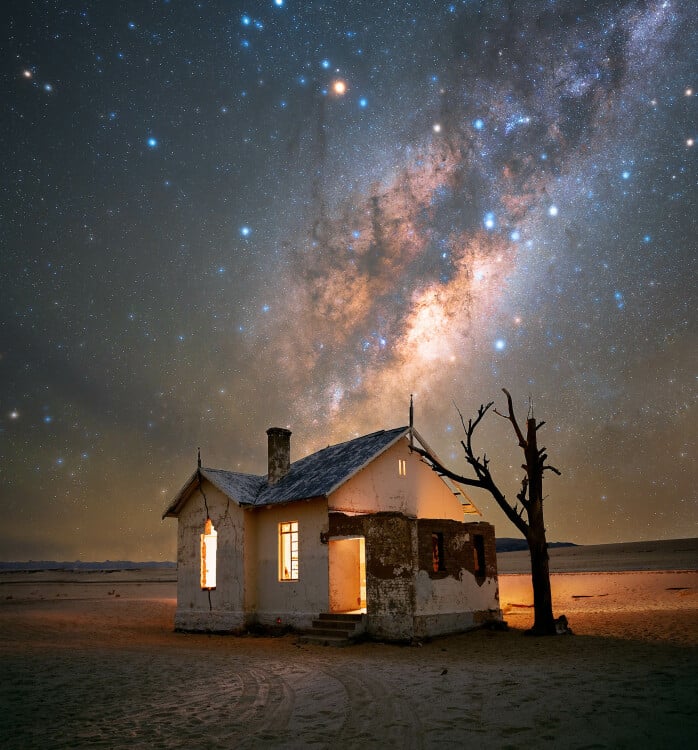
Space and photography fans are in for a treat. The Astronomy Photographer of the Year competition has returned, with its sixteenth edition shortlist featuring a stunning array of photographs. London’s Royal Museums Greenwich received a whopping 3,500 entries from both amateur and professional photographers globally, each of whom captured a breathtaking glimpse of space. The…
-
Legos, made out of Moon dust, could one day solve a lunar problem

LEGO’s European Space Agency collaboration created a Space Brick, made from meteorite dust and other materials. The material could one-day build infrastructure on the Moon and beyond. Credit: LEGO Scientists at the European Space Agency (ESA) collaborated with Lego to 3D-print bricks made from space dust. The material — and the interlocking way that Lego…
-
Once-in-a-lifetime star explosion, visible from Earth, could happen any day now
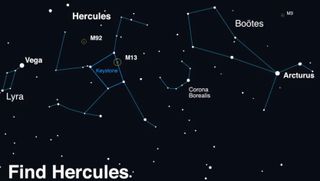
If you’ve always wanted to witness a stellar explosion, your time is about to come. T Coronae Borealis, also known as T CrB (pronounced tee-core-bore) or the “Blaze Star,” is on the precipice of a massive explosion — one that should be visible from Earth. According to calculations by Brad Schaefer, Professor Emeritus of Astronomy at…
-
Satellites burning up in the atmosphere may deplete Earth’s ozone layer

<a href="https://physicsworld.com/wp-content/uploads/2024/06/1-07-24-Starlink_Satellites_over_Carson_National_Forest-M-Lewinsky.jpg" data-fancybox data-src="https://physicsworld.com/wp-content/uploads/2024/06/1-07-24-Starlink_Satellites_over_Carson_National_Forest-M-Lewinsky.jpg" data-caption="Re-entry risks The rapid roll-out of satellite mega-constellations such as Starlink (photographed here over Carson National Forest, New Mexico) could pose a threat to Earth’s protective ozone layer. (Courtesy: M. Lewinsky/CC BY 4.0)”> Re-entry risks The rapid roll-out of satellite mega-constellations such as Starlink (photographed here over Carson National Forest, New…
-
Atlas Ocean Voyages Adds Stargazing And Astronomy Workshops

Atlas Ocean Voyages is enhancing its Cultural Expeditions’ Atlas Focus Lab programming by introducing new Stargazing and Astronomy Workshops on select 2024 and 2025 expeditions. Atlas will also feature two special voyages highlighting the total solar eclipse scheduled on August 12, 2026. World Navigator will be positioned in the Arctic region off Patreksfjordur, Iceland, and World Traveller will be positioned in…
-
Newly discovered asteroid larger than the Great Pyramid of Giza will zoom between Earth and the moon on Saturday
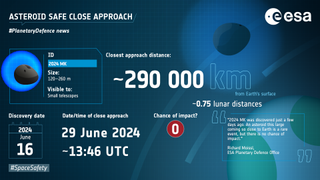
A skyscraper-size asteroid discovered two weeks ago will zoom between Earth and the moon on Saturday (June 29). At its closest approach, the space rock will pass within roughly 184,000 miles (295,000 kilometers) of our planet — about three-quarters the average distance between Earth and the moon. The asteroid, named 2024 MK, is estimated to…
-
Newly discovered asteroid larger than the Great Pyramid of Giza will zoom between Earth and the moon on Saturday
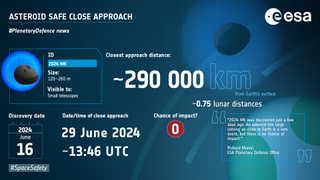
A skyscraper-size asteroid discovered two weeks ago will zoom between Earth and the moon on Saturday (June 29). At its closest approach, the space rock will pass within roughly 184,000 miles (295,000 kilometers) of our planet — about three-quarters the average distance between Earth and the moon. The asteroid, named 2024 MK, is estimated to…
-
Explore Gateway: The first space station to orbit the Moon
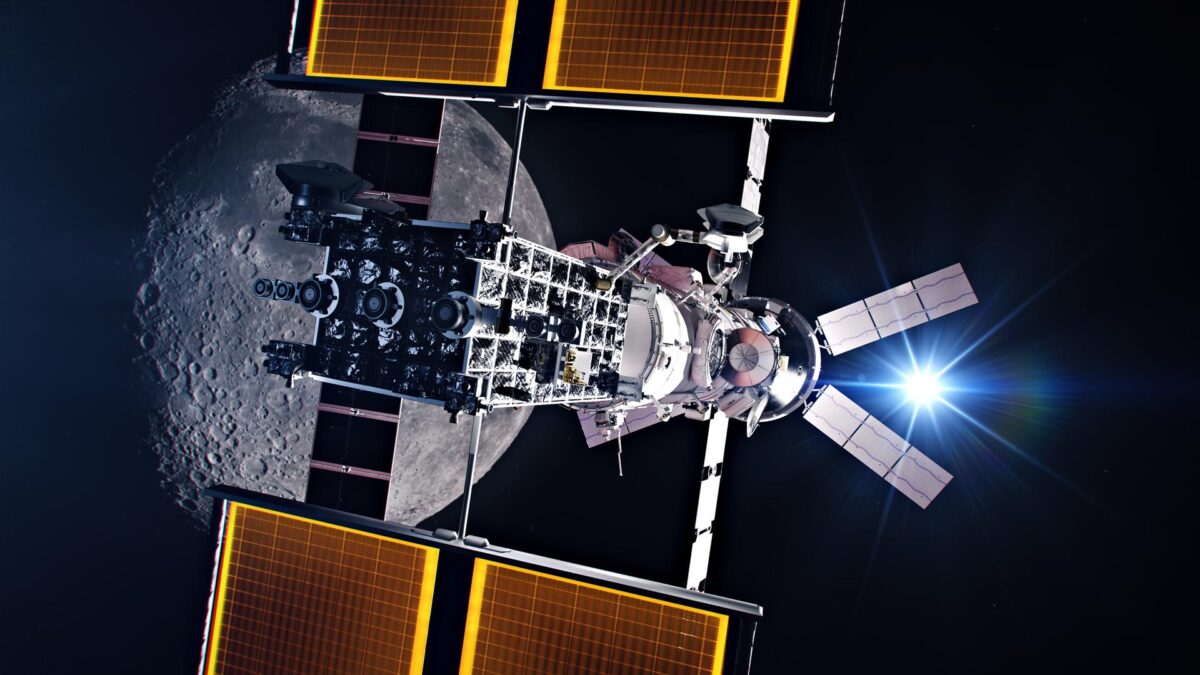
A rendering of the Gateway Space Station with the Orion spacecraft docked. Credit: NASA NASA has just unveiled a new 3D animation that showcases the exterior of the upcoming Gateway Space Station. Gateway is designed to serve as a crucial stopover for longer space missions. Set to launch its first modules in 2025, Gateway will…